I'm building a circuit where a supercapacitor will be charged over wireless energy transfer (basically two coils near each other). This means I can not guarantee the voltage feeding the supercap is within the capacitor's limits, so I have to make a circuit which protects the supercap against dangerously high voltages.
I'm planning on using an op-amp which compares the capacitor's voltage against a voltage reference from a zener diode, which disconnects the supercap from the coil when reaching a limit though a P-type MOSFET.
The op-amp (which is a rail-to-rail type) has its positive supply connected before the MOSFET, to make sure the OP can have a high enough output to completely close the MOSFET. I've also chosen a MOSFET with a high enough turn-on voltage so that the MOSFET will close it even though the op-amp will not quite reach the source voltage. I've included a 1 mF cap (C2) before the MOSFET to smooth out the supply to the op-amp. What do you guys think about the circuit? Will it work?



